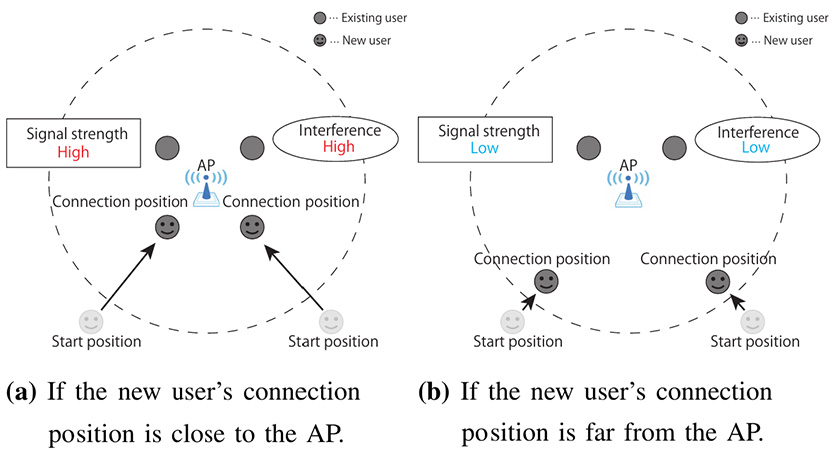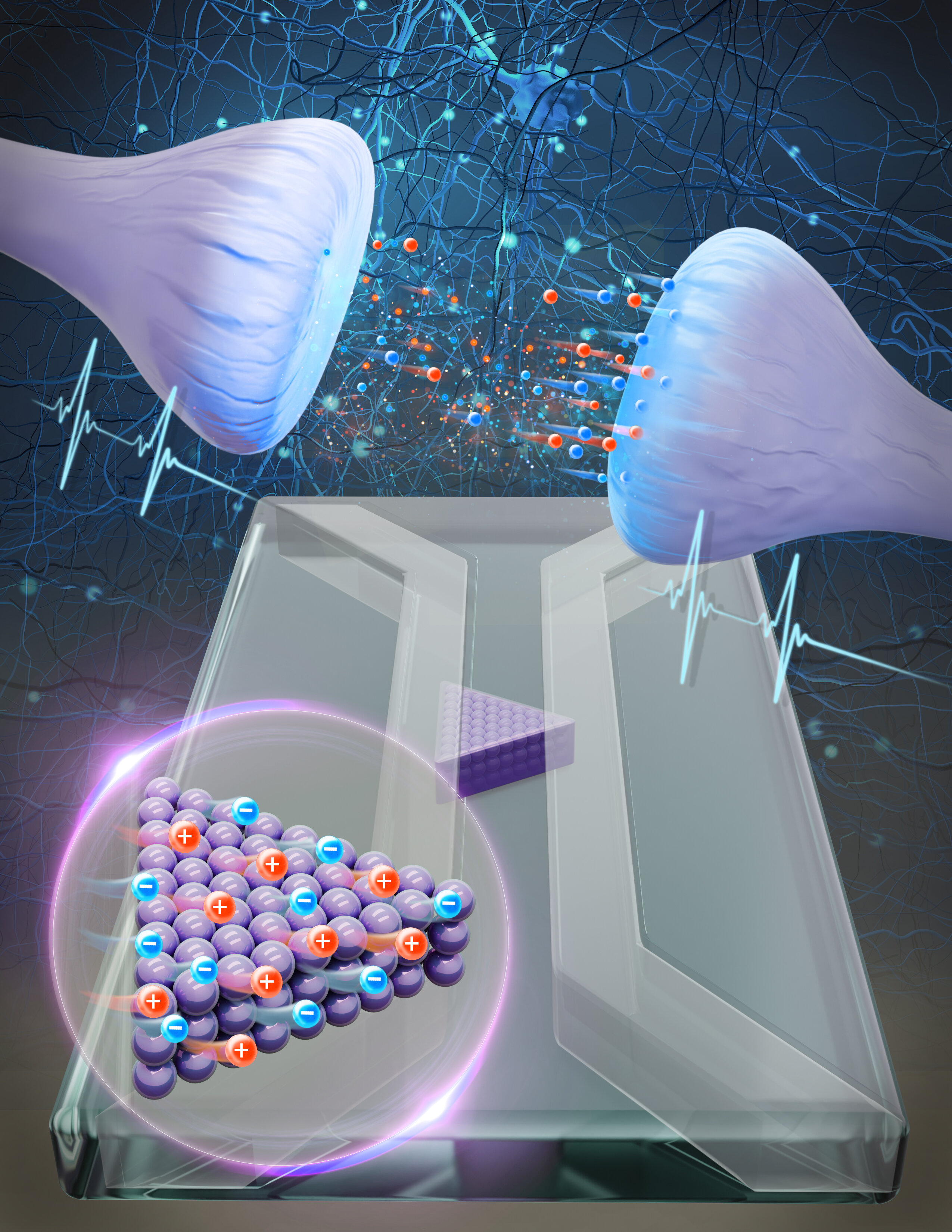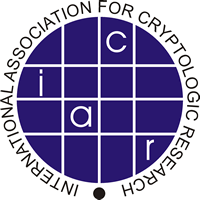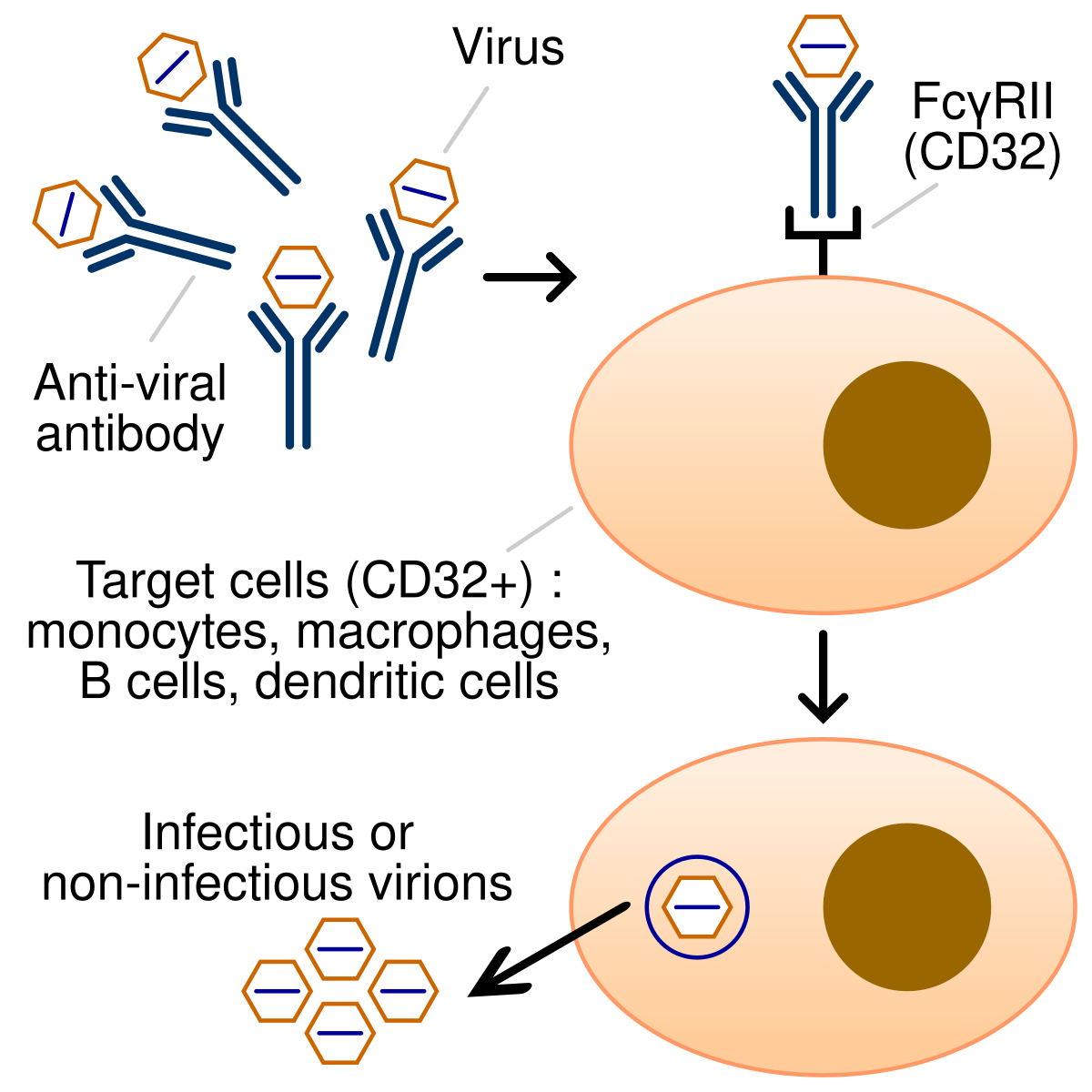
Antibody-dependent enhancement
Antibody-dependent enhancement (ADE), sometimes less precisely called immune enhancement or disease enhancement, is a phenomenon in which binding of a virus to suboptimal antibodies enhances its entry into host cells, followed by its replication.[1][2] ADE may cause enhanced respiratory disease and acute lung injury after respiratory virus infection (ERD) with symptoms of monocytic infiltration and an excess of eosinophils in respiratory tract.[3] ADE along with type 2 T helper cell-dependent mechanisms may contribute to a development of the vaccine associated disease enhancement (VADE), which is not limited to respiratory disease.[3] Some vaccine candidates that targeted coronaviruses, RSV virus and Dengue virus elicited VADE, and were terminated from further development or became approved for use only for patients who have had those viruses before.
Antiviral antibodies promote viral infection of target immune cells by exploiting the phagocytic FcγR or complement pathway.[4] After interaction with the virus the antibody binds Fc receptors (FcR) expressed on certain immune cells or some of the complement proteins. FcγR binds antibody via its fragment crystallizable region (Fc). Usually the process of phagocytosis is accompanied by the virus degradation, however, if the virus is not neutralized (either due to low affinity binding or targeting to a non-neutralizing epitope), antibody binding might result in a virus escape and therefore, enhanced infection. Thus, phagocytosis can cause viral replication, with the subsequent death of immune cells. The virus “deceives” the process of phagocytosis of immune cells and uses the host's antibodies as a Trojan horse. ADE may occur due to the non-neutralizing characteristic of the antibody, which bind viral epitopes other than those involved in a host cell attachment and entry. ADE may also happen due to the presence of sub-neutralizing concentrations of antibodies (binding to viral epitopes below the threshold for neutralization).[5] In addition ADE can be induced when the strength of antibody-antigen interaction is below the certain threshold.[6][7] This phenomenon might lead to both increased virus infectivity and virulence. The viruses that can cause ADE frequently share some common features such as antigenic diversity, abilities to replicate and establish persistence in immune cells.[1] ADE can occur during the development of a primary or secondary viral infection, as well as after vaccination with a subsequent virus challenge.[1][8][9] It has been observed mainly with positive-strand RNA viruses. Among them are Flaviviruses such as Dengue virus,[10] Yellow fever virus, Zika virus,[11][12] Coronaviruses, including alpha- and betacoronaviruses,[13] Orthomyxoviruses such as influenza,[14] Retroviruses such as HIV,[15][16][17] and Orthopneumoviruses such as RSV.[18][19][20]




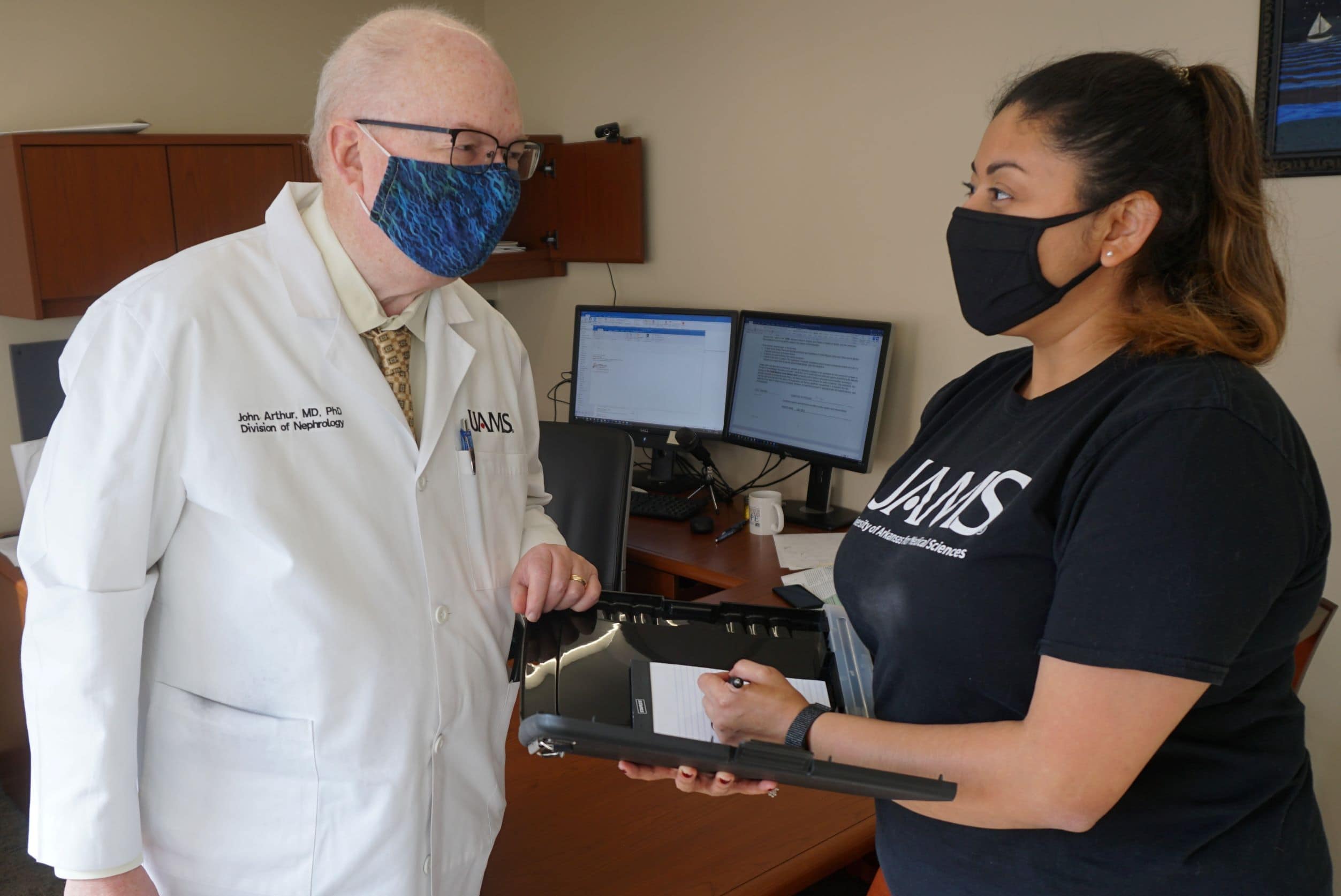






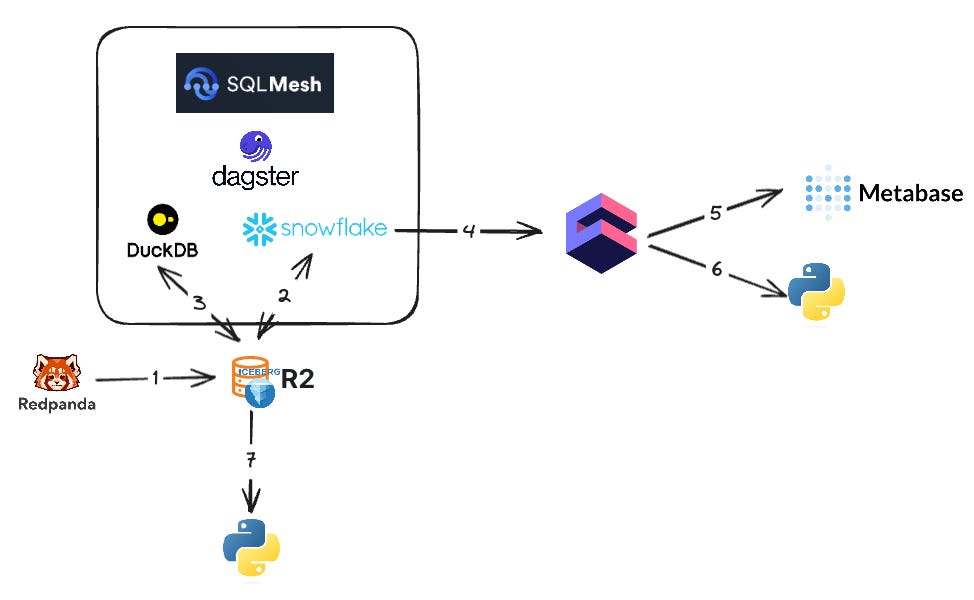
/cdn.vox-cdn.com/uploads/chorus_asset/file/24016888/STK093_Google_01.jpg)

